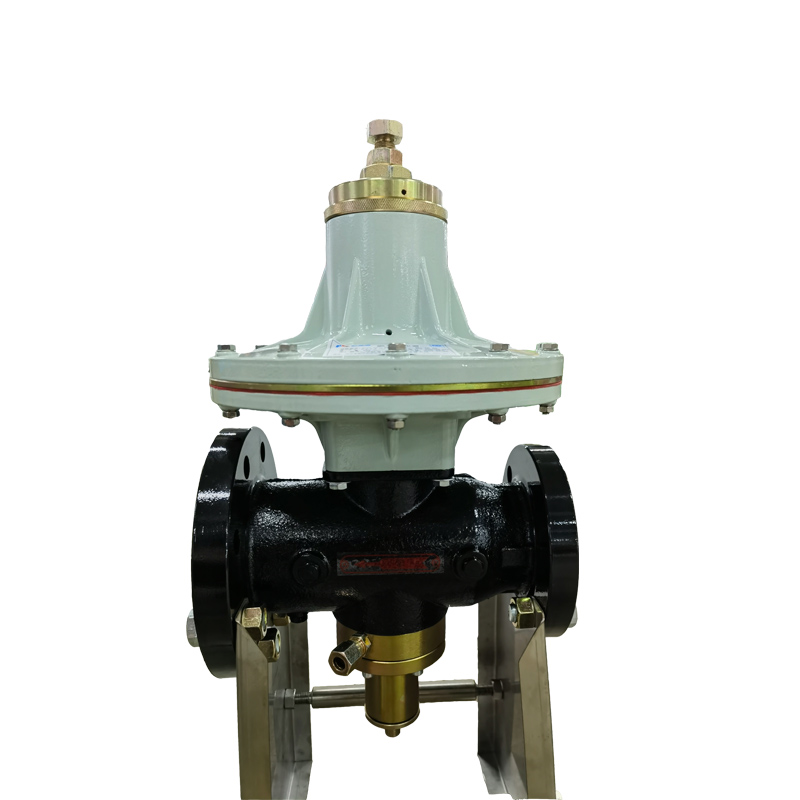
Dec . 26, 2024 22:49
Back to list
Understanding the Function and Importance of Pressure Relief Valves in Systems
Understanding Relief Valves Essential Components in Pressure Management
Relief valves are critical components in various industries, primarily designed to protect pressurized systems from exceeding safe limits. When pressure reaches a predetermined threshold, these valves open to release excess fluid or gas, thereby preventing potential system failures or catastrophic explosions. This article will provide an overview of relief valves, their types, applications, and importance in maintaining system safety and efficiency.
Types of Relief Valves
Relief valves come in several types, each suited for specific applications and operational environments. The most common types include
1. Pressure Relief Valves (PRVs) Designed to maintain pressure within a system by discharging excess fluid when the pressure exceeds a specified limit. They are widely used in steam, gas, and liquid applications.
2. Safety Valves Similar to PRVs, safety valves are typically used in high-pressure applications, particularly in gas systems. They open quickly to release excess pressure and close just as swiftly to prevent leaks.
3. Relief/Regulator Valve Combinations These serve dual functions; they regulate the pressure and provide relief when necessary. They are often employed in systems where pressure consistency is crucial.
4. Vacuum Relief Valves Used primarily in systems that require a vacuum to operate. These valves prevent a drop in pressure that could lead to system collapse by allowing air to enter when a vacuum is detected.
Applications of Relief Valves
relief valve

Relief valves are prevalent in various fields, including chemical processing, oil and gas, power generation, and manufacturing. In chemical plants, PRVs ensure that reactors operate within safe pressure limits, preventing hazardous accidents. In the oil and gas industry, safety valves protect equipment such as pipelines and storage tanks from pressure surges that could lead to spills or leaks. Additionally, in power plants, these valves safeguard boilers and turbines, where excess pressure could cause significant damage or operational interruptions.
Importance of Relief Valves
The importance of relief valves cannot be overstated. They play a vital role in safety management by
1. Preventing Overpressure By releasing excess pressure, relief valves avoid catastrophic failures that could lead to explosions or system collapses, ensuring the safety of personnel and equipment.
2. Maintaining Operational Efficiency By controlling pressure within a system, relief valves help in maintaining optimal operating conditions, increasing the efficiency and longevity of industrial equipment.
3. Compliance with Regulations Many industries must adhere to strict safety regulations that mandate the use of relief valves. Ensuring that these valves are properly installed and maintained is essential for regulatory compliance.
Conclusion
In conclusion, relief valves are indispensable in managing pressure and enhancing safety across various industries. Their ability to prevent overpressure and maintain operational efficiency makes them crucial for safeguarding equipment and personnel. Regular maintenance and testing of these valves are essential to ensure their reliability and performance. As industries continue to evolve and the demand for safe and efficient operations grows, the role of relief valves will remain a cornerstone of effective pressure management systems. Understanding their functionality and significance helps in appreciating the critical role they play in modern industrial applications.
Next:
Latest news
-
Safety Valve Spring-Loaded Design Overpressure ProtectionNewsJul.25,2025
-
Precision Voltage Regulator AC5 Accuracy Grade PerformanceNewsJul.25,2025
-
Natural Gas Pressure Regulating Skid Industrial Pipeline ApplicationsNewsJul.25,2025
-
Natural Gas Filter Stainless Steel Mesh Element DesignNewsJul.25,2025
-
Gas Pressure Regulator Valve Direct-Acting Spring-Loaded DesignNewsJul.25,2025
-
Decompression Equipment Multi-Stage Heat Exchange System DesignNewsJul.25,2025

